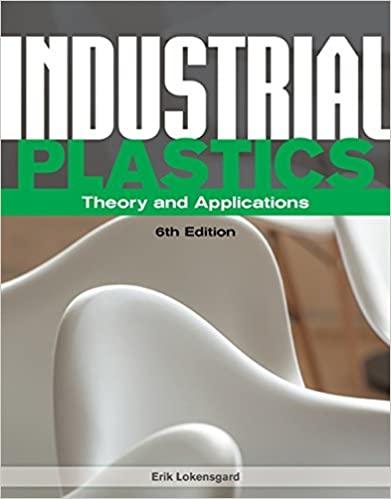Question
A protein is a chain molecule whose chemical identity (and, consequently, the structure) is determined by the sequence of its amino acids. There are 20
A protein is a chain molecule whose chemical identity (and, consequently, the structure) is determined by the sequence of its amino acids. There are 20 standard amino acids. In case you have not taken a biochemistry class, it does not matter for the purpose of this problem: You may think of a protein as a string of letters taken from an alphabet that contains a total of 20 letters. If two proteins have similar sequences, they are likely to have similar structure and/or have an evolutionary relation, so there is a lot of interest in trying to find out how similar sequences of different proteins are. To measure the similarity between two protein sequences of the same length N, and , we will use the following procedure (note that this is not how its really done in bioinformatics): Align the two sequences against each other
a1a2a3...aN
b1b2b3...bN
and count the number of times n you see a match between the letters at the respective positions, ai=bi. We then calculate the sequence similarity as the ratio: r= n/N. For example, the similarity between VYPTQ and VPYTQ is r = 3/5 = 60% (matches at positions 1,4, and 5) and the similarity between VYPTQ and QTPYV is r = 1/5 = 20%. If two sequences are identical, their similarity is 1.
A. Somebody gave you a protein with a sequence A = a1a2...aN that is of length N = 10. Now suppose that you have randomly picked another sequence R of the same length. What is the probability that the sequence similarity between A and R is equal to or higher than 20%? (In other words, among all possible sequences R of length N, what is the fraction of those that have a sequence similarity with A of 0.2 or higher?)
B. Answer the question of Part A assuming N=20.
Step by Step Solution
There are 3 Steps involved in it
Step: 1

Get Instant Access to Expert-Tailored Solutions
See step-by-step solutions with expert insights and AI powered tools for academic success
Step: 2

Step: 3

Ace Your Homework with AI
Get the answers you need in no time with our AI-driven, step-by-step assistance
Get Started


